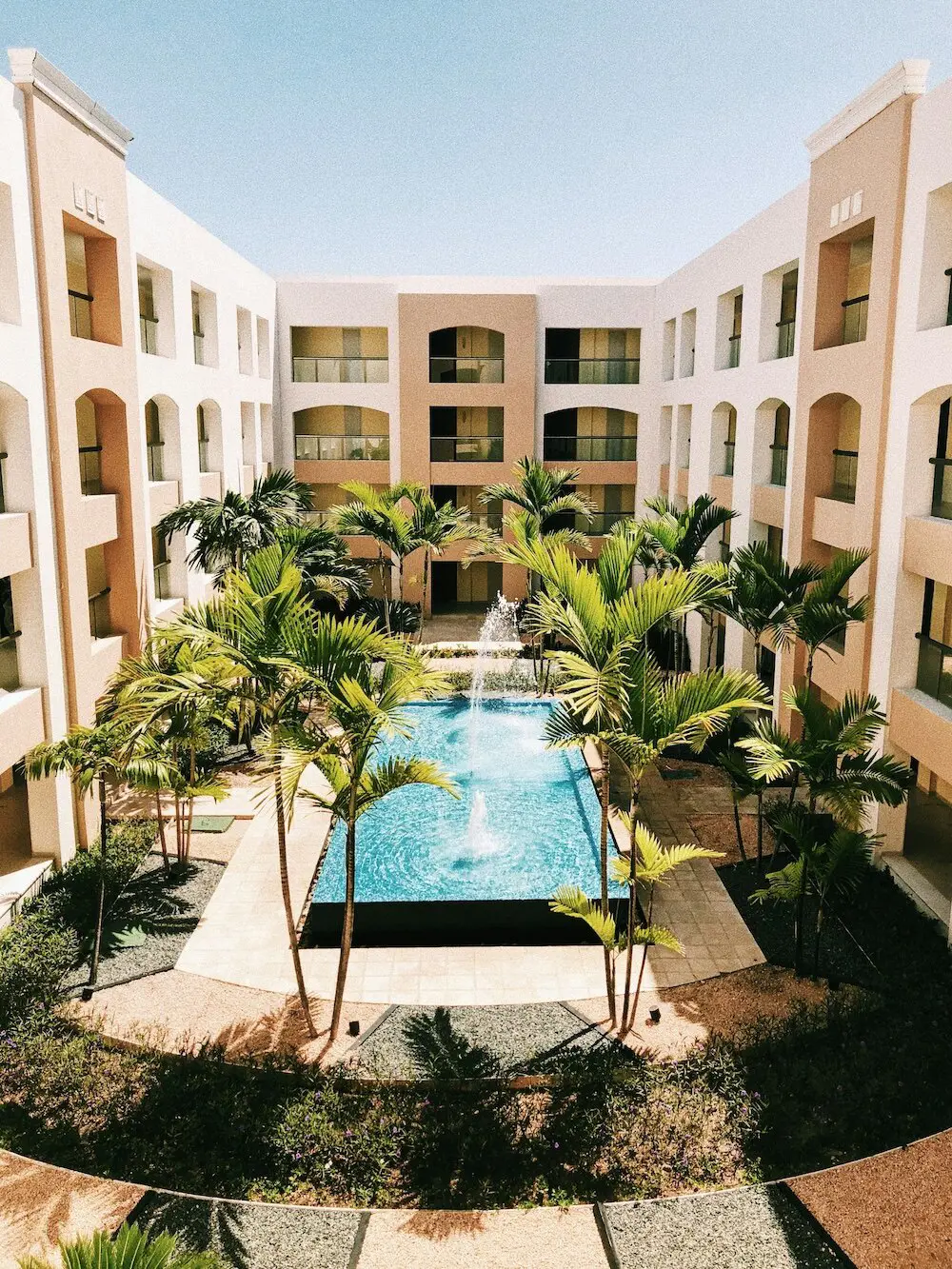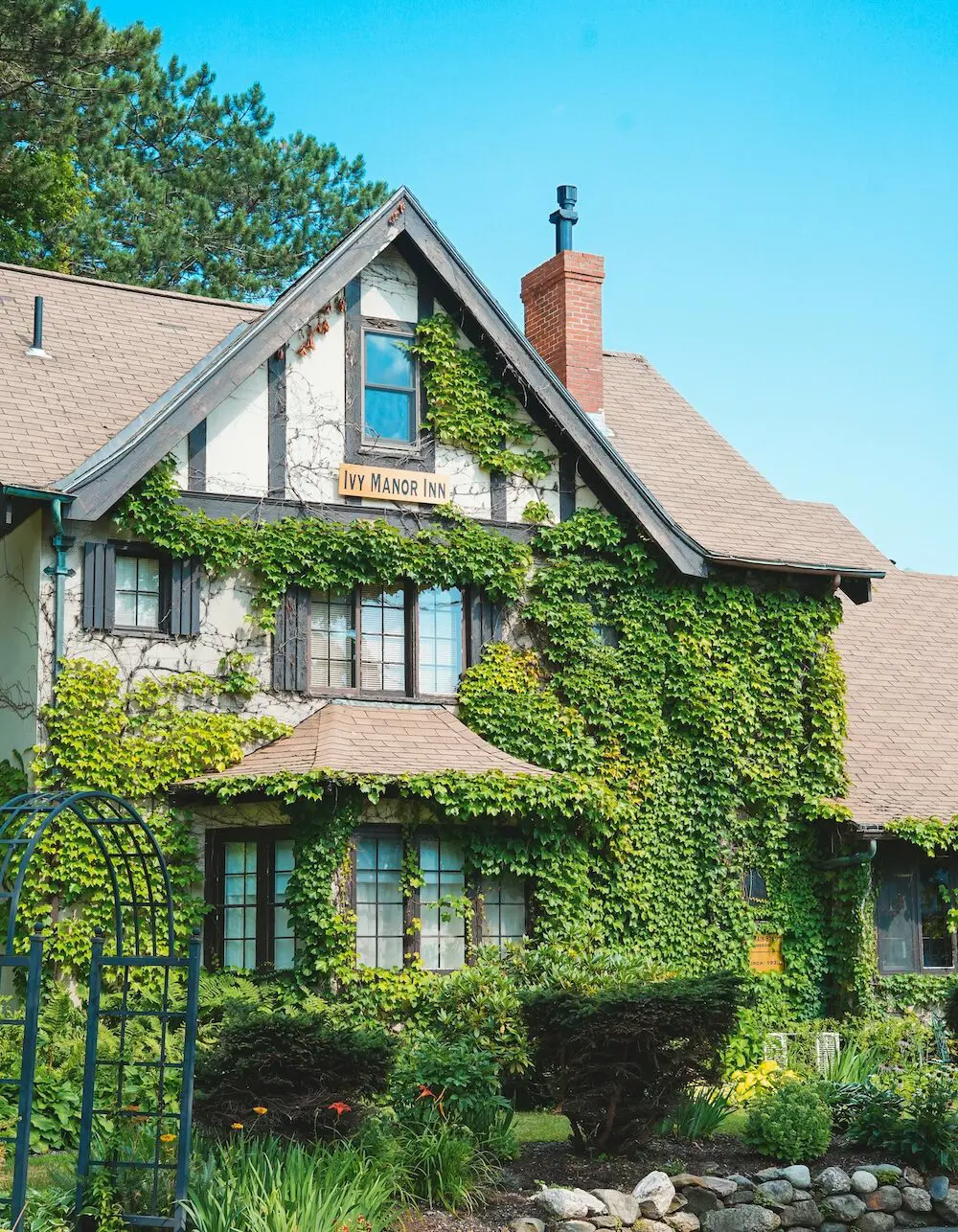Hotels: The Epitome of Hospitality Excellence

Hotels are synonymous with luxury, comfort, and comprehensive amenities. These establishments typically cater to a diverse clientele, ranging from budget-conscious travelers to high-end clientele seeking opulence and sophistication. Here are some defining features of hotels:
Size and Scale
Hotels vary widely in size, ranging from boutique hotels with a handful of rooms to sprawling resorts boasting hundreds of rooms and suites.
Amenities
Hotels often offer an extensive array of amenities, including restaurants, bars, spas, fitness centers, swimming pools, concierge services, and business facilities. The level of amenities tends to correlate with the hotel's star rating or classification.
Services
Guests at hotels can expect a high level of personalized service, with staff available around the clock to cater to their needs. Services may include room service, housekeeping, valet parking, and concierge assistance for booking tours, transportation, and reservations.
Room Types
Hotels typically offer various room types, ranging from standard rooms to suites, each equipped with modern conveniences such as flat-screen TVs, minibars, and luxurious bedding.
Location
Hotels are often situated in prime locations, such as city centers, tourist hubs, or scenic destinations, offering convenient access to attractions, dining, and entertainment options.





